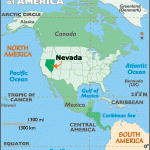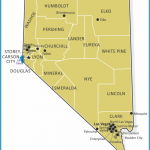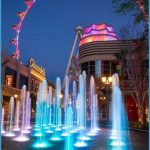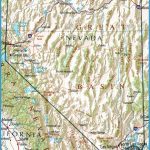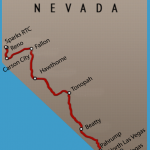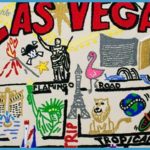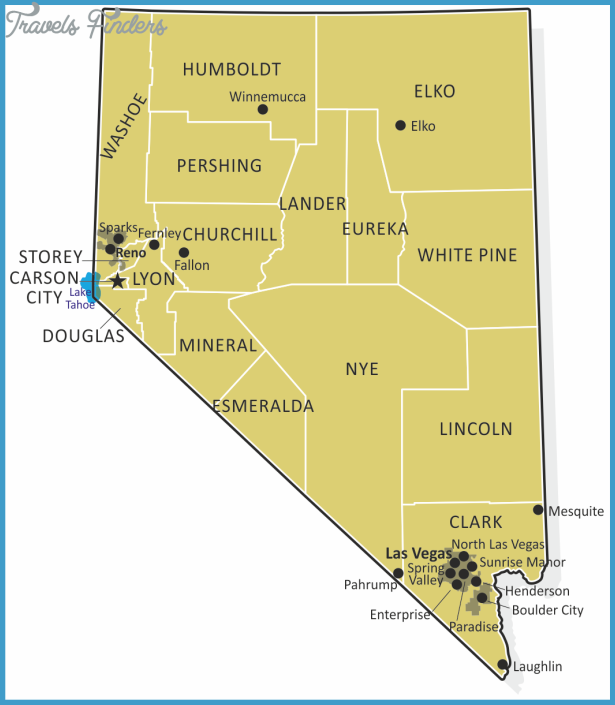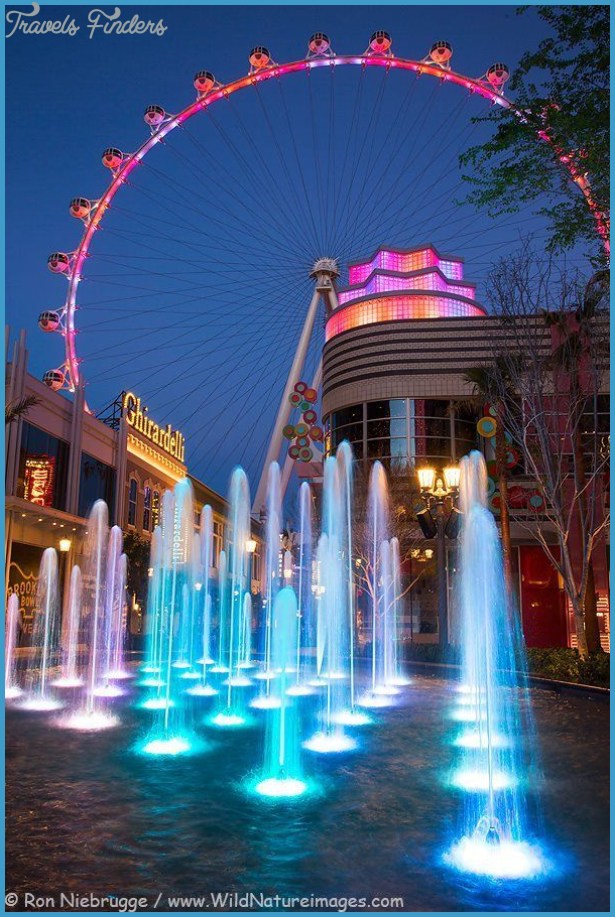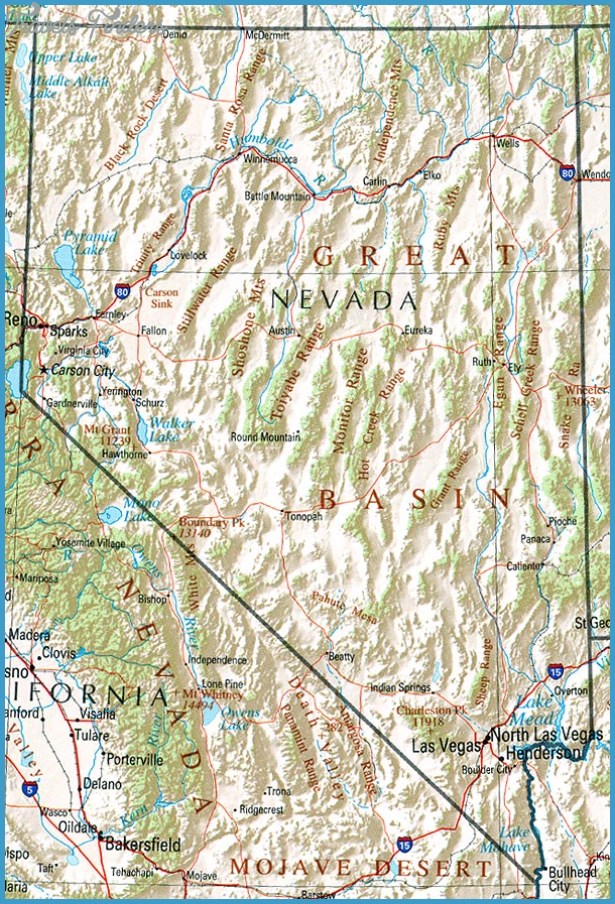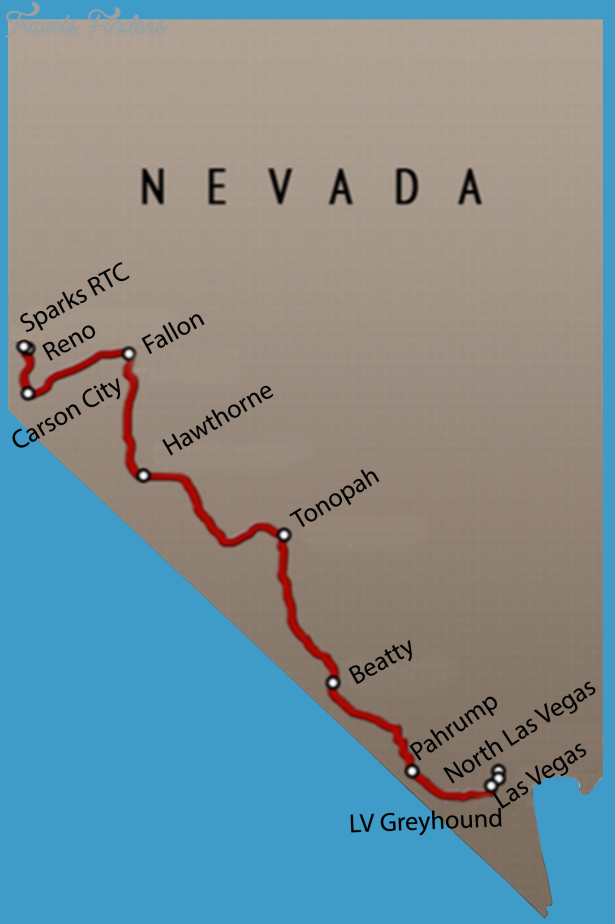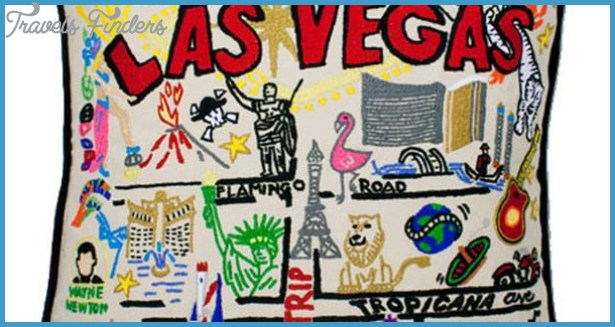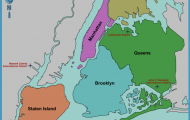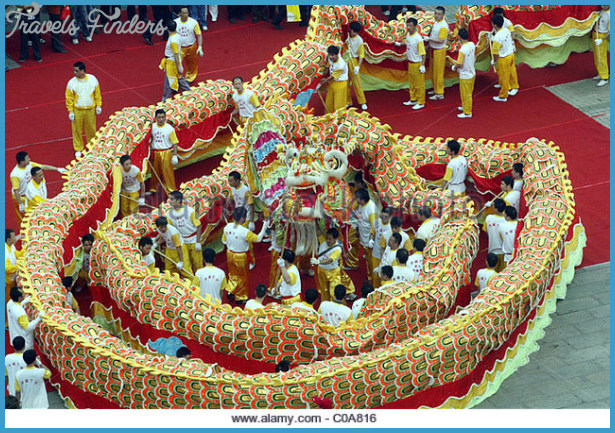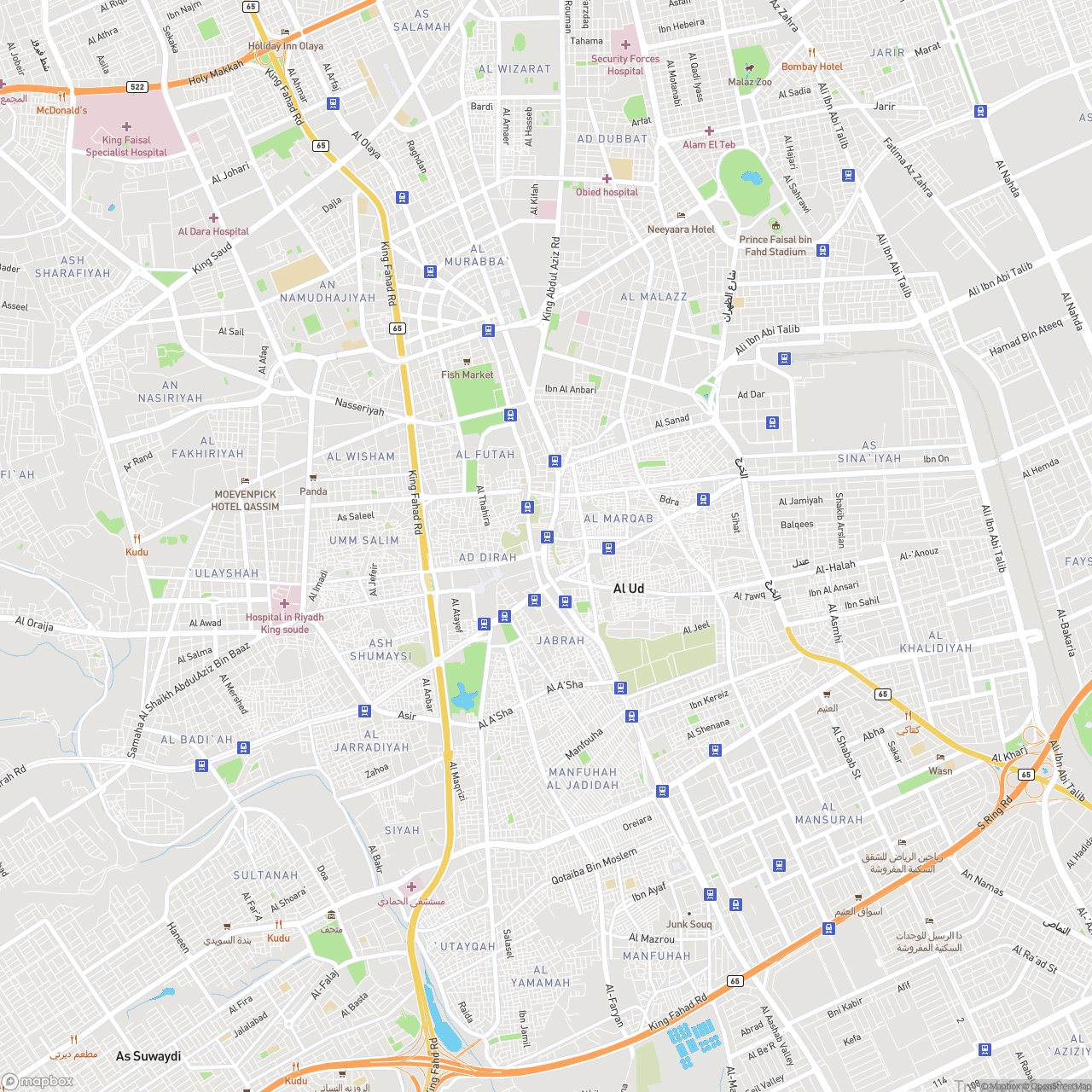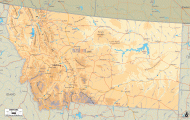Fallon Naval Air Station (NAS), Fallon
Located southeast of Reno in the high desert, Fallon NAS is the new home of the Navy’s “Top Gun” school made famous in the movie of the same name. But the nearby town of Fallon is becoming famous for something else. Since the early 1990s, several children in this town of 8,300 have been diagnosed with acute lymphocytic leukemia, including eight new cases in 2000 alone. What’s causing this concentrated outbreak? Vicki Badder, whose five-year-old son was diagnosed with leukemia, has a theory. “I think it has to do with the base,” she says.
The U.S. Navy relocated its “Top Gun” fighter pilot school from San Diego to Fallon NAS in 1994. The sparsely populated area around Fallon was far better suited to its requirements than urbanized southern California; there is plenty of room here to practice maneuvers that might create sonic booms and to use live ordinance in drills. The relocation of “Top Gun” was the latest in a near-continuous expansion of Fallon’s activities since it was founded in World War II. Today, it is arguably the Navy’s most important aviation training and practice facility.
Fallon Map Las Vegas Photo Gallery
But something else arrived in Fallon in the early 1990s a sudden, inexplicable outbreak of acute lymphocytic leukemia among the children of Fallon. By 2001, many outsiders (including the University of California’s Arsenic Health Effects Research Program and Senator Hillary Clinton) focused on the high levels of arsenic in Fallon’s water supply. The levels of arsenic in Fallon’s water are truly scary; at 90 parts per billion, they are the highest of any municipal water supply in the nation and nearly double the highest levels generally considered safe.
Dangerously high levels of arsenic in Fallon’s water supply have been present in Fallon’s water since its founding in 1896. “If [high arsenic levels] were causing this,” testified Randall Todd, the state epi- demiologist for Nevada, “then we would have expected to see a cluster develop a long time ago.” And indeed Fallon’s rate for cancers of all types was not abnormal until the 1990s.
But maybe there is something deadly in the water of Fallon besides arsenic. David Toll, in his book The Complete Nevada Traveler, notes, “The Navy’s use of the air space over a big part of the country to the east, to train pilots in combat techniques, has made the region uninhabitable. Oil and fuel spills, as well as bomb drops, have accumulated enormous environmental damage. Fallon is one of America’s unsung Navy towns, but no one had this kind of impact in mind when the landing strip was built to help prevent a Japanese invasion.”
The Navy rejects the notion that it is releasing anything into the environment that is responsible for the leukemia cluster. “Nothing has migrated off base and nothing is in the drinking water we’ve been able to detect,” says Anne McMillin of Fallon NAS’ public affairs office.
That may be true. But Fallon NAS started making bottled water available to Navy families in 1999.
To be fair to the Navy, they are not the only ones who may have unleashed something deadly into Fallon’s groundwater. Fallon was the site of an underground atomic test on October 26, 1963. “Project Shoal” was part of a short-lived effort by the Atomic Energy Commission to test atomic weapons at sites other than the Nevada Test Site. The Project Shoal explosion measured 12 kilotons and was located 1,200 feet underground. While there was no known aboveground leak of the radiation, the underground particles from that test would still be heavily radioactive for thousands of years. Curiously, the AEC didn’t monitor groundwater for radiation leaks, and neither did its successor, the Department of Energy, until February 1999. By that time, the cluster of cancers in Fallon was starting to attract national attention.
What’s There: Fallon NAS is your standard-issue Navy base, complete with family housing, recreational facilities, etc. Perhaps the most remarkable facility at Fallon is a 14,000-foot-long runway.
Getting a Look Inside: Fallon NAS has no facilities open to the public, and tours are only offered to groups; such tours must be scheduled several months in advnace. However, Fallon NAS has an air show scheduled for June each year, and the base is open to the public at that time.
Unusual Fact: The Navy has proposed a “population mixing” theory to explain the cluster of childhood leukemias at Fallon. Quote from an official Navy press release: “The Population Mixing Theory suggests that Acute Lymphocytic Leukemia (ALL) clusters may be associated with unusual mixing of people, often in relatively isolated rural areas. Some researchers believe that exposure to a variety of infectious agents (i.e. virus, and/or bacteria) may trigger an unusual and rare reaction that affects a very small number of children within the susceptible population.” However, there are several other areas, mainly military facilities, where “unusual mixing of people” takes place “in relatively isolated rural areas.” If this theory is valid, there should be other similar clusters of childhood leukemias near them. Moreover, Fallon NAS was established in 1944 and has been a major command facility since 1972, so why did any “population mixing effects” not show up until the 1990s and the arrival of “Top Gun”?
Getting There: Fallon is located about 400 miles north of Las Vegas on Highway 95 and 60 miles southeast of Reno on Alternate Highway 50 East.
You can also visit the site of Project Shoal. From Highway 50, take the Sheelite Mine Road for five miles and then turn onto the crumbling asphalt road that heads toward the west. Only piles of rubble and a few thick iron posts set in concrete remain at the site, although the private Center for Land Use Interpretation has placed a descriptive plaque there.

